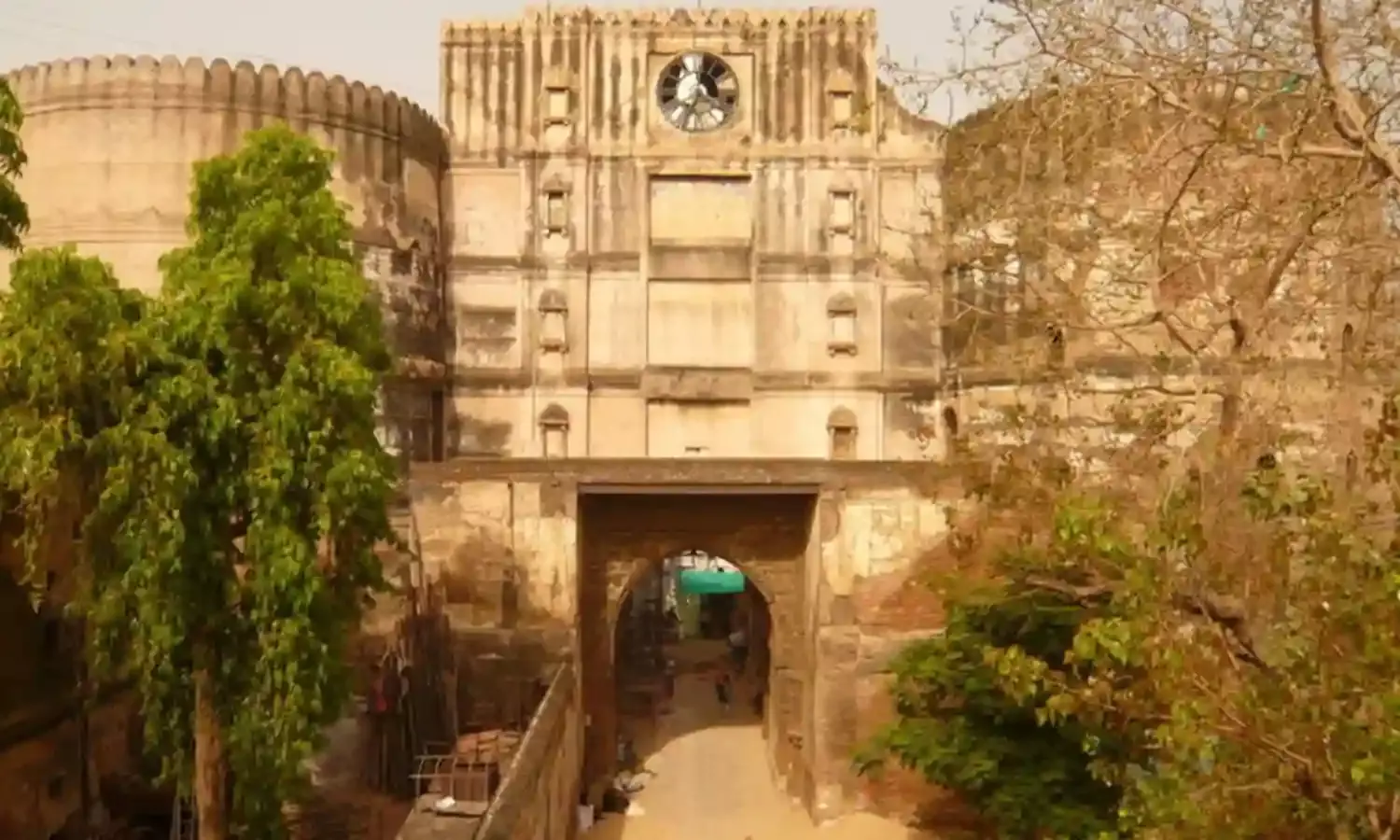Changing Ahmedabad’s Name May Lose it World Heritage City Tag
“It is a city founded and developed by Ahmeds – not one but four.”
Ever since Uttar Pradesh Chief Minister Yogi Adityanath launched his name changing spree for cities, noises are once again being made by the right wing in Gujarat on renaming Ahmedabad as Karnavati. If this becomes a reality, it will not only be a big blow to the plurality of the historic city but will also put a big question mark on the UNESCO World Heritage City tag it has earned.
The big question is whether, in its attempt to divert attention from more pressing issues by resorting to such desperate measures, the Gujarat government led by the Bharatiya Janata Party can afford it.
This time it was none other than Deputy Chief Minister Nitin Patel who was reported to have said that the Gujarat government was keen to name Ahmedabad as Karnavati.
It is a well known fact that the Sangh Parivar affiliates have always had an abhorrence for the Muslim-sounding Ahmedabad, and have been referring to the city as Karnavati or a distorted 'Amdavad' in their public speeches.
It needs pointing out that around the end of 2010 and early 2011, the Ahmedabad Municipal Corporation very discreetly changed Ahmedabad to Amdavad in its logo and stationery.
Sources say that it all began with that change, first introduced in the letterheads and then in the logo. They point out that it was done around one of the ‘Vibrant Gujarat’ business summits that the then chief minister and present Prime Minister Narendra Modi used to showcase Gujarat and to enhance his image as a development oriented leader. Sources point out that since he was eying the prime spot in national politics, this was a ploy to appease the hardline elements seeking a name change.
Coming back to the noises being made today, the move simply exhibits the 'dual face and character' of the BJP. One only has to look at the dossier presented to the UNESCO by the authorities when they were seeking a Heritage City tag. The city was mainly referred to as Ahmedabad.
Those who have been working on the sociocultural aspect of the city point out that city got the World Heritage City tag because of its plurality and its harmonious architecture. They point out that the heritage buildings in the city have a distinct ‘Gujarati’ architecture which is something beyond the ‘Indo-Islamic’, one of the prime examples of which is the Jama Masjid. These scholars of Ahmedabad’s culture and history point out that a major reason for this difference was that the artisans were a mix of various communities, mainly Hindus, while the patronage came from Muslim rulers. They also point out that to change the name of a city the basic requirement is consensus, which is not there.
Scholar and cultural activist Bhavna Ramrakhyani who is a founder of the Ahmedabad Community Foundation and has done considerable research on the city pointed out, “Ahmedabad has a specific identity in history. It is a city founded and developed by Ahmeds – not one but four.”
Those seeking a name change to Karnavati and Ashawal point towards Karnavati being established by Karan Vaghela and Ashawal being a major trading centre. They also point to the presence of the Karmukteshwar temple in the city.
Ramrakhyani points out, “Vaghela had his capital at Patan and Ashawal was an important point on a trade route. But they were never capital cities. Ahmedabad has been a capital. The World Heritage City tag was given to Ahmedabad and not to Karnavati or Ashawal.”
She underlines the history of the city and its plurality under the Sultanate, asserting that it was members of the Hindu Nagar community who held the most important position in the courts of the Muslim rulers, as has been documented by the Nagars themselves. She said that there was a lot of assimilation of Farsi and Gujarati languages during this time. “Very few people know that Gujarati is the regional language having maximum Urdu words in it,” she said.
She said that the government needs to explain what it wants to achieve by changing the name of the city. “Do you want to change the culture and values? I want to convey that government needs to focus on more pressing issues.”
Poet, theatre artist and playwright Paresh has another interesting take on the issue. He says, “One can come across thousands of references to Ahmedabad in poetry, literature, paintings and plays but not Karnavati and Ashawal. Ahmedabad has an important place in Gujarati folklore also.”
While the BJP has tried to rake up the issue time and again for its political narrative, the Congress lies at fault by being a tacit supporter and never discouraging the move.
Reports say that the state assembly had passed a resolution to this effect in the earlier part of the last decade, when the Atal Bihari (then Behari) Vajpayee led NDA was in power at the centre, but Vajpayee desisted from going ahead with the move as allies like the AIADMK and Trinamool Congress were not in agreement with the idea.
Reports further say that in the beginning of this year itself incumbent Chief Minister Vijay Rupani informed the state assembly that the idea to change Ahmedabad’s name to Karnavati had been dropped, and the Gujarat government had sent no such proposal to the centre in the last two years.
Meanwhile there has been an interesting development with the Hindu right wing at the core. Sources say that with Ahmedabad getting India’s first World Heritage City tag in 2017, right wing groups have now started attacking the Archeological Survey of India for ignoring the Hindu temples in the city. Sources say this is a move to polarise and make an entry to take forward a specific agenda.





